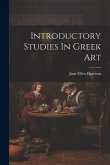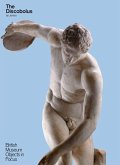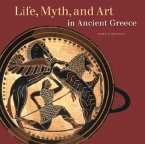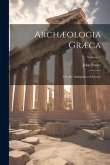This is the first book in which special atten-tion is paid to the Etruscan interpretation of Greek mythical representations on Etruscan bronze mirrors. The book focuses on representations with inscriptions (c. 480-250 B.C.). These epigraphic scenes raise many questions. Did the engravers and patrons understand Greek myths? Were the engravers inspired by visual, oral or literary sources or by a combination thereof? What was their modus operandi? In which art forms can visual precedents be found? Introductory chapters shed light on the status of Etruscan mirrors, their owners, givers and recipients; furthermore production centres, distribution, the influence of Attic and South Italian red figure vases and the shifting interest in themes are discussed. More than one hundred mirror-representa-tions are analysed in chronological order, according to general themes: lovewrestling, abduction, immortality, healing, purification, divination, rescue, birth, rebirth, adoption, rejuvenation, dilemma, contest, victory, the relationship between mother and sons, couples, toilet, music and suicide.
Hinweis: Dieser Artikel kann nur an eine deutsche Lieferadresse ausgeliefert werden.
Hinweis: Dieser Artikel kann nur an eine deutsche Lieferadresse ausgeliefert werden.








